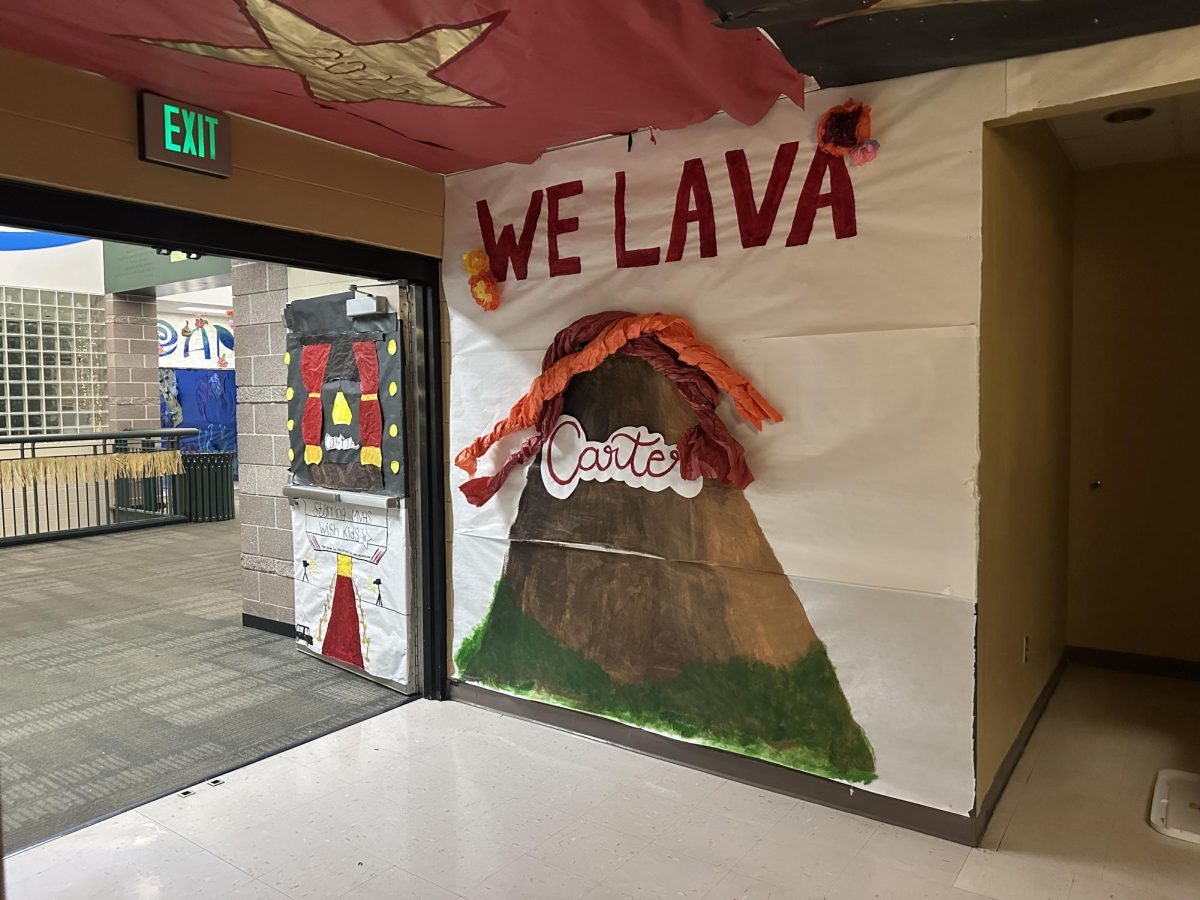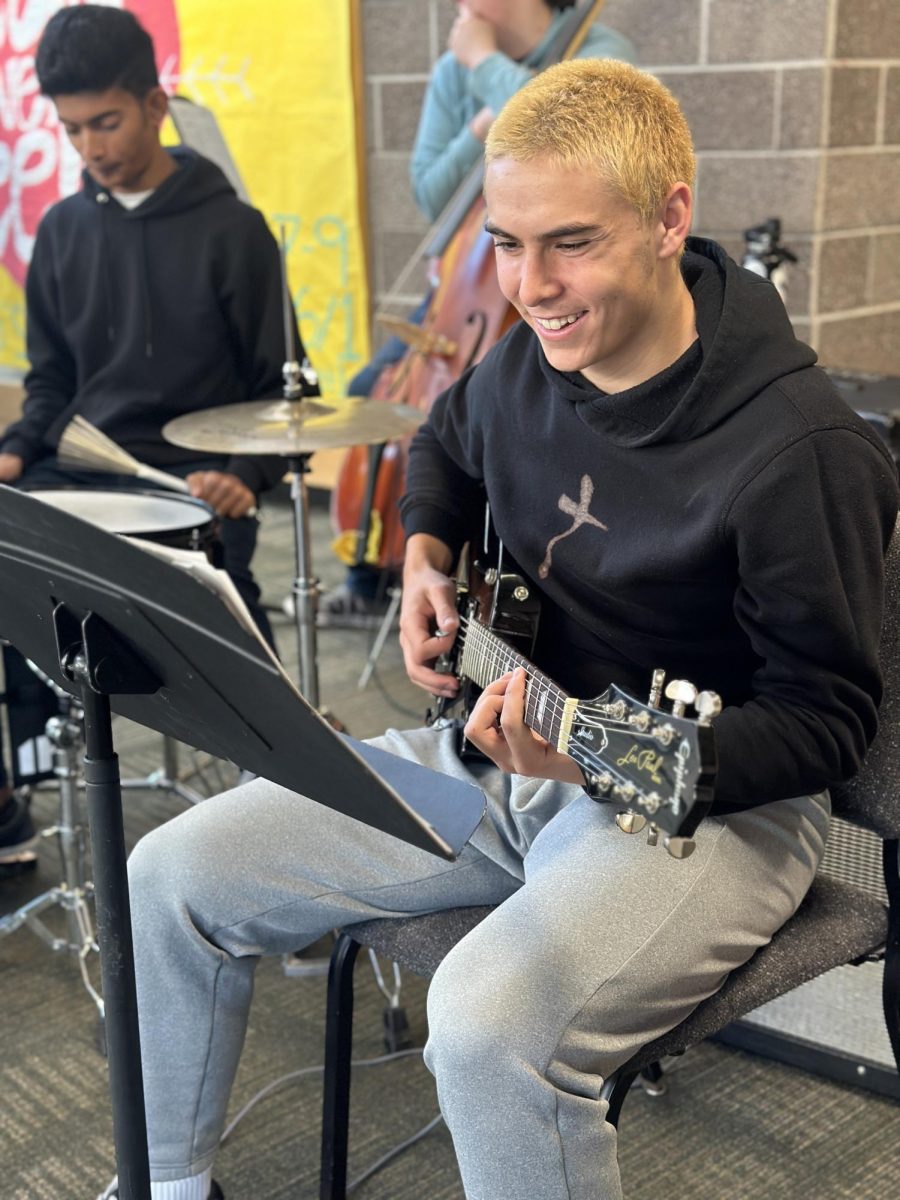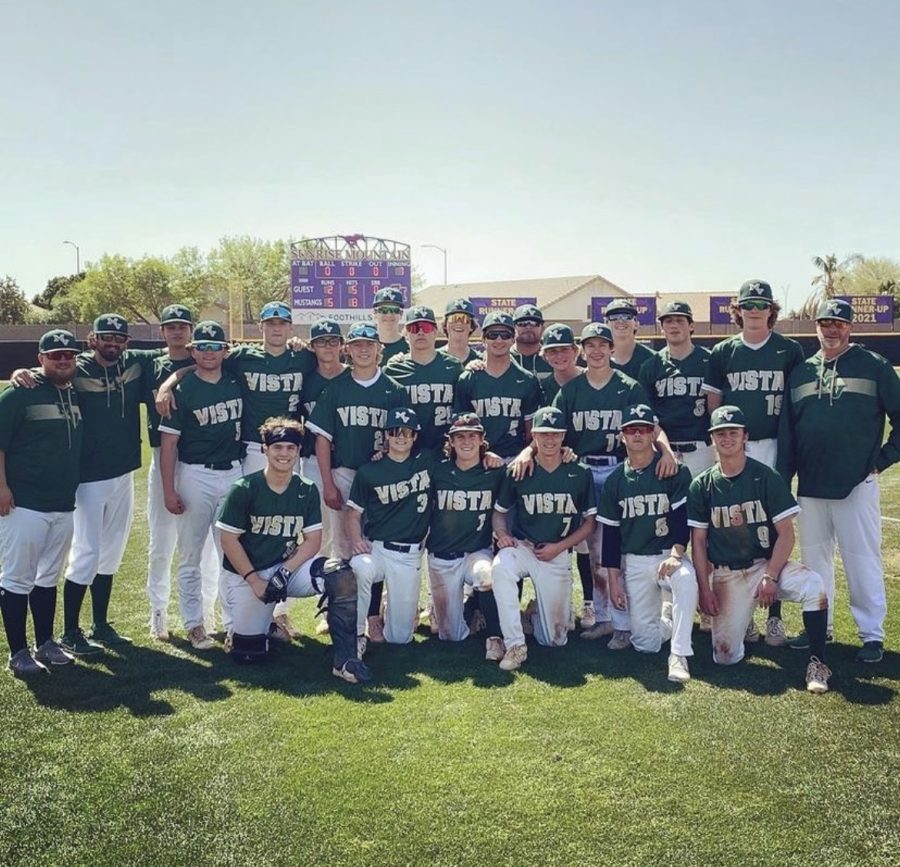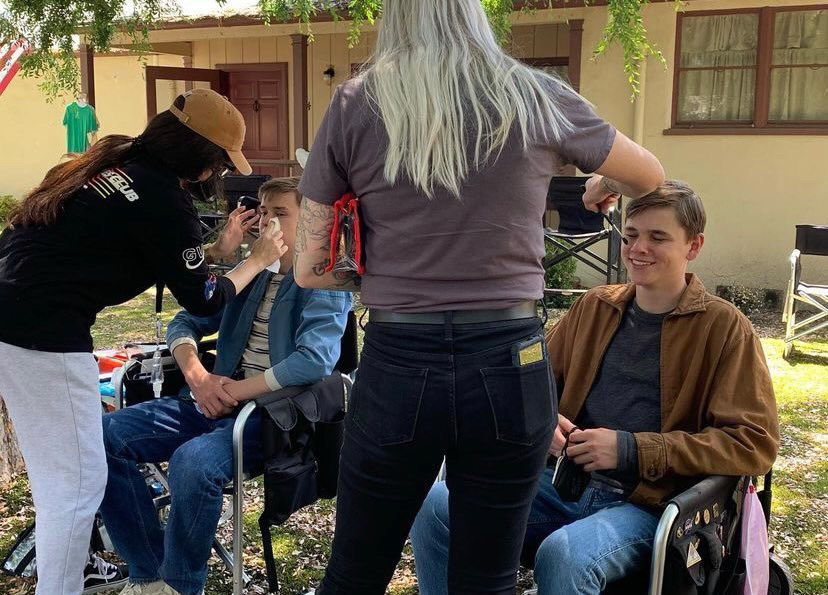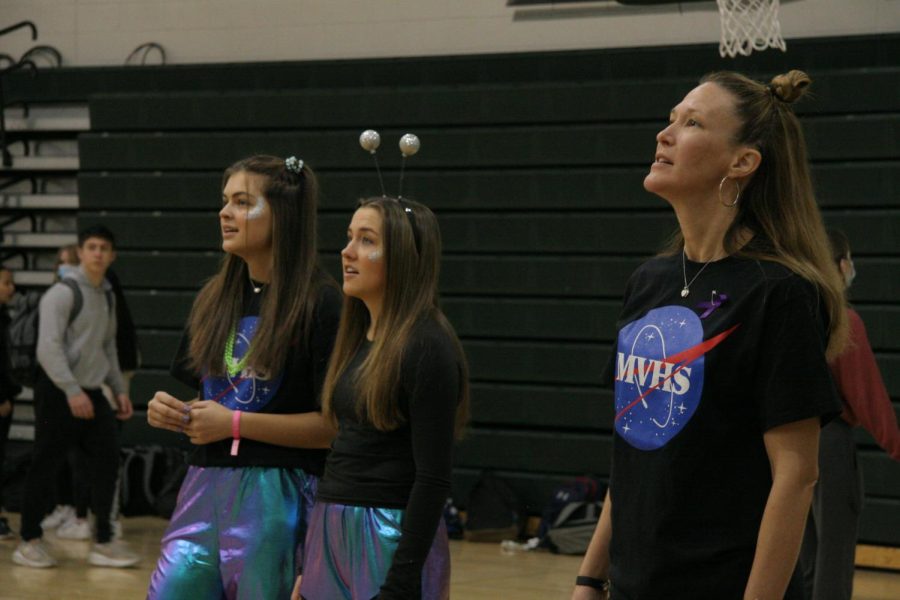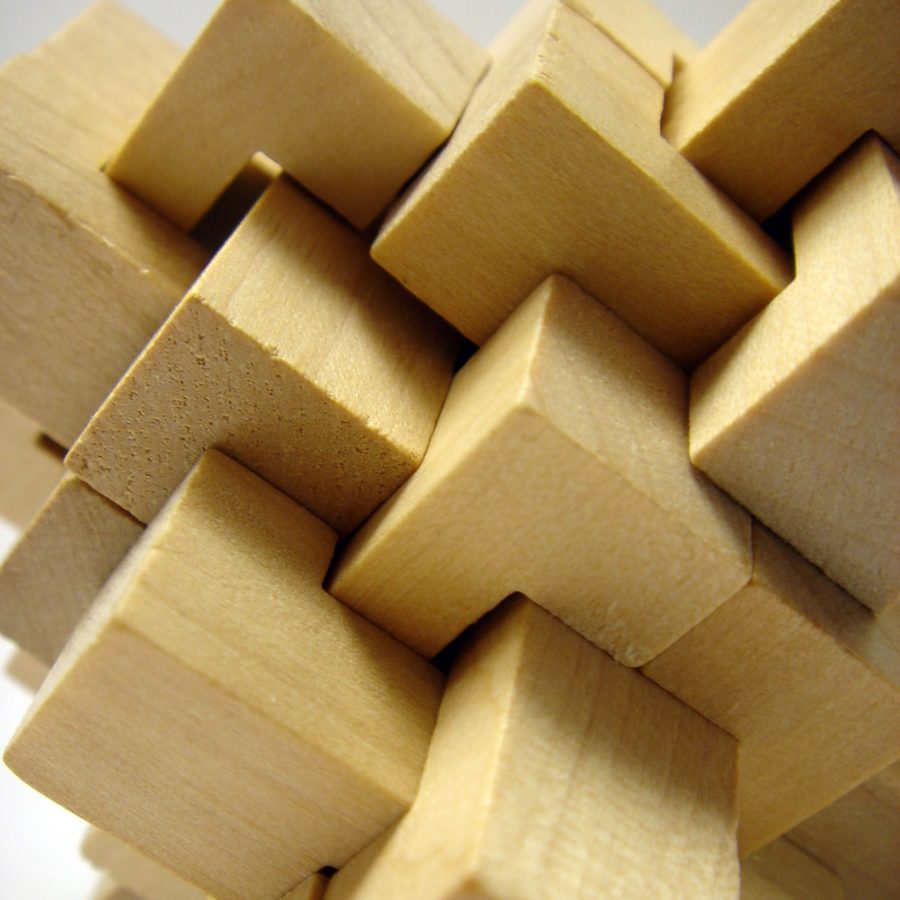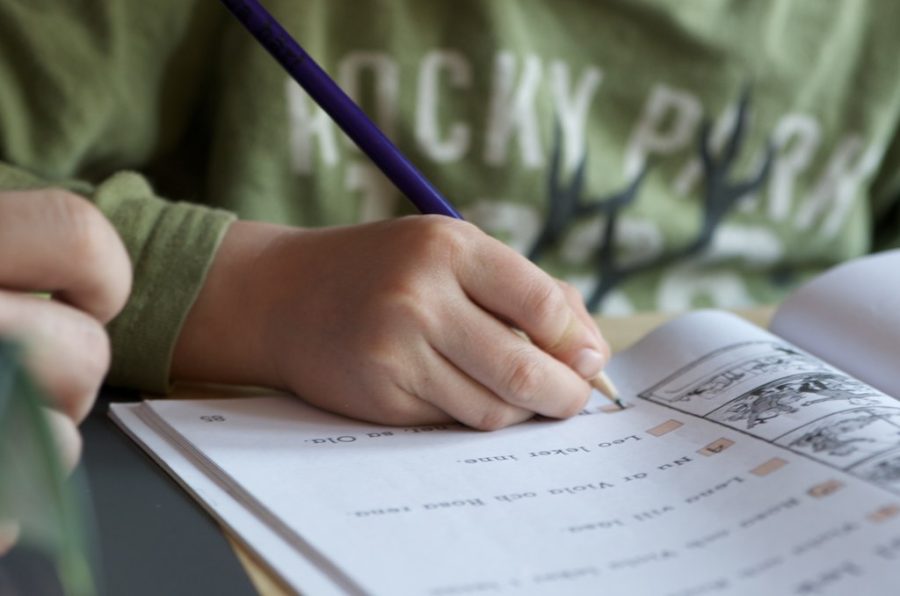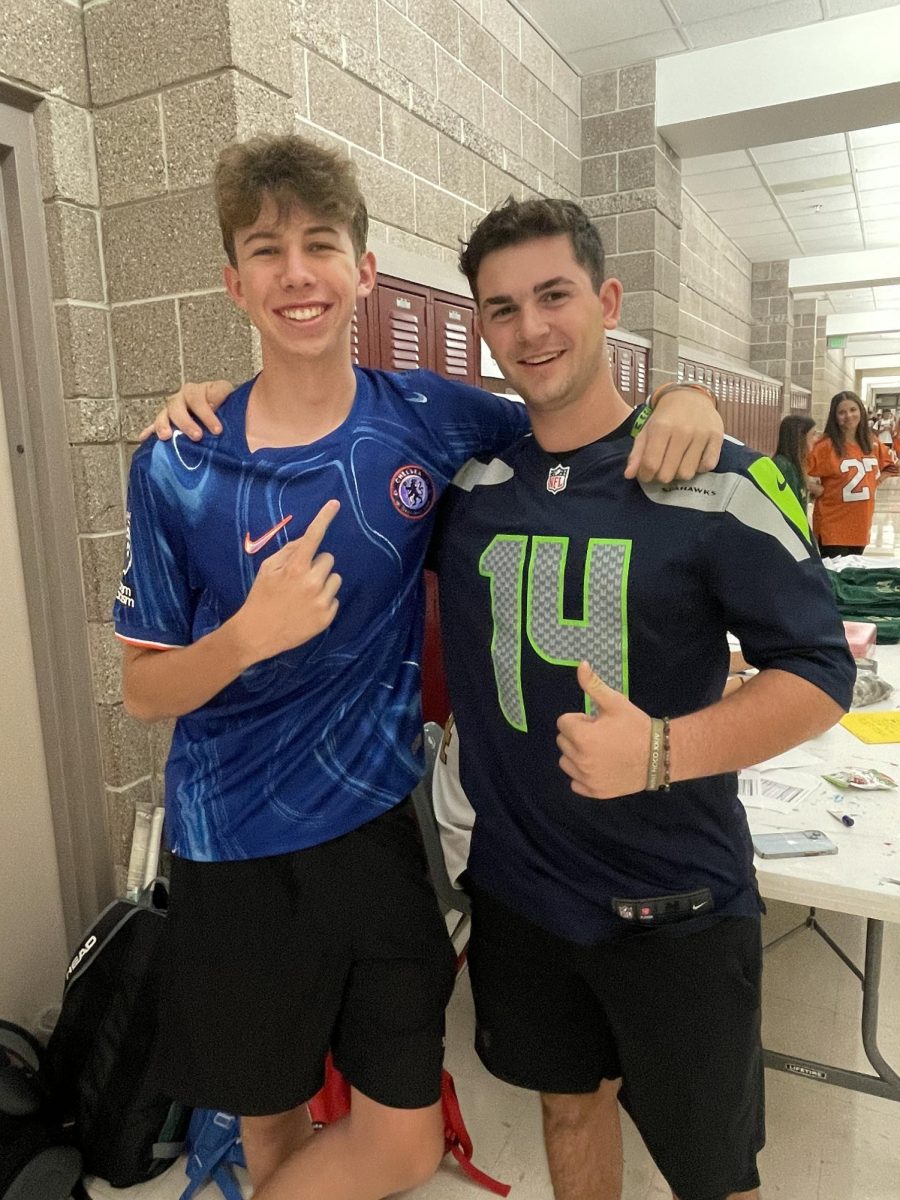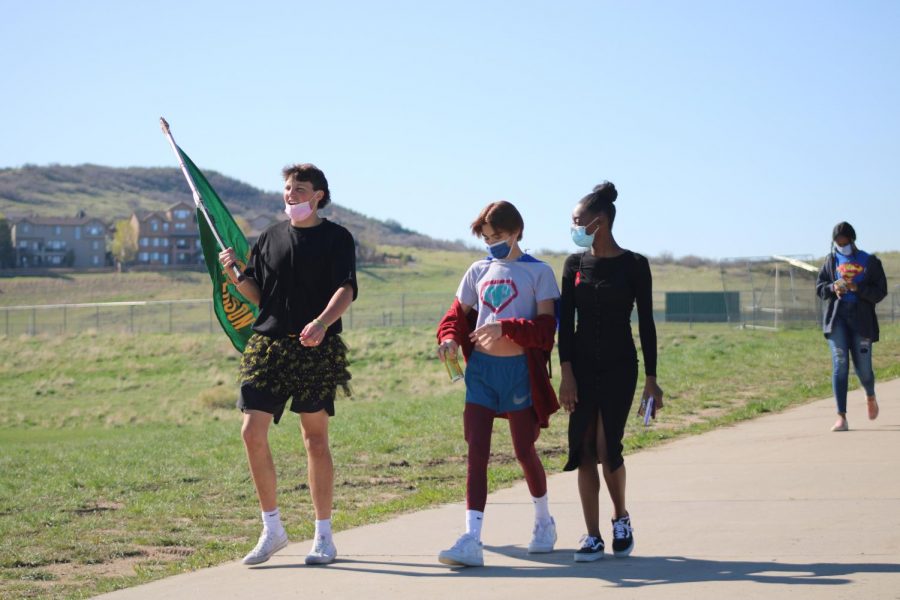GABE BARNARD
On Wednesday, October 21, Sophomores Dominic Griffin, Lauren Lippert and Grace Wilson participated in a biology lab which involved mutilating common snack foods including marshmallows, cheetos, popcorn, and beef jerky.
“I enjoyed burning the food and watching how much it heated the water in the can,” Griffin said.
The first step in the process was to use the instructions carefully laid out by Jody Lanterna-Lewis, an Honors Biology teacher, in order to prepare the system that would be used to hold the materials for the lab.
“We measure the weight of a can, then fill it with 30 milliliters of water, which we then weigh again,” he said. “After that, we hang [the can] above a piece of food that we have weighed with a thermometer in the can to determine the initial temperature [of the water inside].”
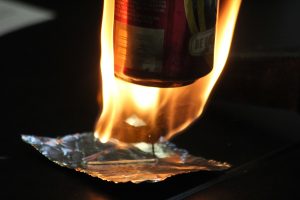 Once the work area was set up, it was time to burn the food and the first in line was marshmallows, followed by popcorn, cheetos and beef jerky.
Once the work area was set up, it was time to burn the food and the first in line was marshmallows, followed by popcorn, cheetos and beef jerky.
“[After the food is done burning] we measure the weight of [the remainder of] the food and we find the amount of energy released from the food particle,” Griffin said.
The results of the lab were somewhat unexpected to the students, as they revealed that one of the experimented-on foods produced more energy than the others.
“The thing that surprised me most was that the popcorn was the food that produced the most energy, not the marshmallow, jerky or cheeto,” Griffin said.
The time that was taken to prepare the lab before conducting the procedure proved the most difficult part of the process for the biology class.
“Setting up the lab and making sure the food was stable was the hardest part because we had to make sure that the food stayed in place for the whole time it burned,” Griffin said. “It was very tedious and it took up a lot of time.”
For Griffin, a swimmer, this lab helped make it easier to understand why some foods give human bodies more energy than others in a short amount of time.
“This helped me understand what food would be best to eat to gain the most energy,” he said. “This lab also helps me understand what to eat to have the most energy before a swim race.”



